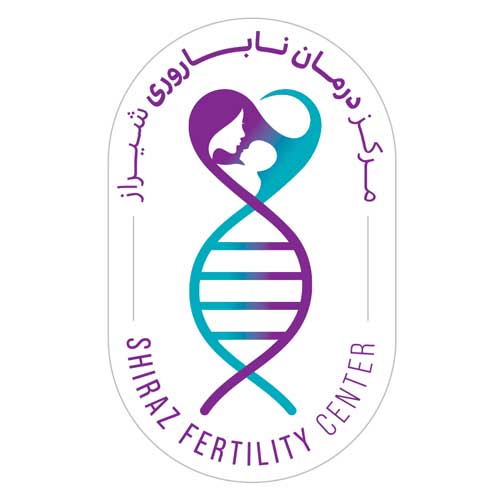
Gynecological Diseases
The female reproductive system is located in the pelvic area and includes the uterus, ovaries, fallopian tubes, vagina, and cervix. Any problem in any of these areas can cause women’s diseases, most of which can be controlled with early diagnosis and timely treatment. Women should also pay attention to their regular check-ups and not neglect them.

Common Women's Diseases
Vaginal Infections
Vaginal infection is one of the most common diseases of the female genital area. Infections usually present with symptoms such as:
- Redness
- Itching
- Burning and pain
- Foul-smelling discharge
Treatment for vaginal infections varies depending on the cause. These infections should be treated under the supervision of a physician. Women should avoid self-medication in these cases.
Abnormal Uterine Bleeding
Changes in the amount of bleeding and the length of the menstrual cycle are another common women’s disease. Most women have 24-35-day cycles, but at least 20% of women will experience irregular cycles.
The duration of menstrual bleeding is 4-6 days, and the average blood loss during each period is 30 milliliters. If it exceeds 80 milliliters, it is considered abnormal. Women who have bleeding less than once every 21 days or more than once every 35 days, or whose amount of bleeding is more than 80 cc each time, need to be examined.
The most common causes of abnormal uterine bleeding can be attributed to hormonal disorders or the presence of polyps, fibroids, and in rare cases, cancers of the female reproductive system.
Polycystic Ovary Syndrome (PCOS)
This is a common hormonal disorder in women of childbearing age. Affected women may experience menstrual irregularities. Other symptoms of polycystic ovaries include the production of excess androgens and excess facial and body hair.
Early diagnosis along with treatment and weight loss can reduce the risk of long-term complications such as heart disease and type 2 diabetes.
